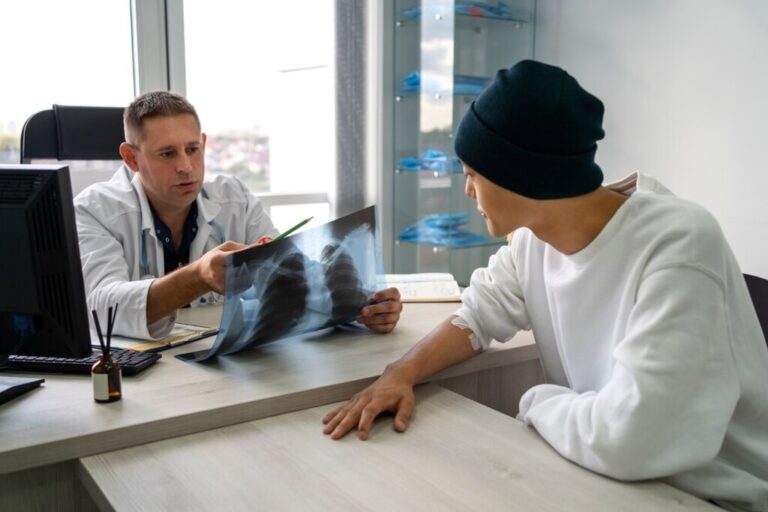
Radiology imaging has transformed the landscape of healthcare, providing doctors with powerful tools to diagnose and treat a broad spectrum of diseases and conditions. At Meridian Hospital, we embrace the latest radiological technologies to ensure precise and non-invasive diagnosis, tailored treatment plans, and improved patient outcomes. From the early detection of life-threatening diseases to the precise guidance of complex treatments, radiology imaging is essential to modern medicine.
Radiology imaging refers to various techniques that allow healthcare professionals to visualize the inside of the body, offering invaluable insights into conditions that may not be visible to the naked eye. Common techniques include X-rays, CT scans, MRI, and ultrasound, which allow for the detection of diseases ranging from fractures to tumors, infections, and internal bleeding.
X-rays remain one of the most common forms of imaging, especially for diagnosing bone fractures, infections, and tumors. However, as medical imaging advances, more complex methods like CT scans (Computed Tomography) provide detailed cross-sectional images of organs, soft tissues, and blood vessels. This allows doctors to visualize internal structures in three dimensions, improving accuracy in diagnosis.
One specialized application of radiology imaging is cardiac CT, which provides a detailed view of the heart and blood vessels. This technique is particularly valuable for diagnosing cardiovascular diseases such as coronary artery disease, assessing blood flow, and detecting blockages. With early diagnosis, heart conditions can be treated more effectively, potentially saving lives. At Meridian Hospital, cardiac CT is an essential diagnostic tool for evaluating heart health, particularly for young women and pregnant women who may face different heart health challenges.
While diagnostic imaging is critical in identifying diseases, it also plays a vital role in surgical procedures. Theater MRI is used during surgery to provide real-time, high-resolution images of the targeted area. Surgeons can rely on this live imaging to guide them through complex surgeries, improving precision and minimizing damage to surrounding tissues. This technique is especially important in brain surgery, spine procedures, and tumor removal, where accuracy is paramount.
For patients who require respiratory support, compatible ventilators can be used alongside imaging technologies like CT and MRI. These ventilators help maintain optimal breathing function during imaging procedures, ensuring that critically ill patients can still undergo diagnostic scans. By combining respiratory support with advanced imaging, Meridian Hospital offers comprehensive care that prioritizes patient safety without compromising on diagnostic precision.
Radiology encompasses several subspecialties, each of which provides valuable insight into specific areas of health. Here’s how different types of radiology contribute to disease diagnosis and treatment:
Once a diagnosis is made, radiology imaging continues to play a crucial role in treatment planning and monitoring progress. For example, follow-up CT scans or MRI can show whether a tumor is shrinking after chemotherapy, helping doctors adjust treatment plans accordingly. Additionally, radiology helps guide surgeries by providing detailed images of the target area, ensuring greater precision and reducing the risk of complications.
The field of radiology continues to evolve with new technologies that enhance diagnostic capabilities and improve patient care. From advanced imaging systems to artificial intelligence that can assist in interpretation, the future of radiology holds immense promise for even more accurate and efficient diagnoses and treatments.
At Meridian Hospital, we remain committed to staying at the forefront of these advancements, ensuring that our patients receive the most accurate diagnoses, effective treatments, and comprehensive care possible. Radiology imaging is indispensable in improving healthcare outcomes, and we are proud to offer these advanced services to our community.